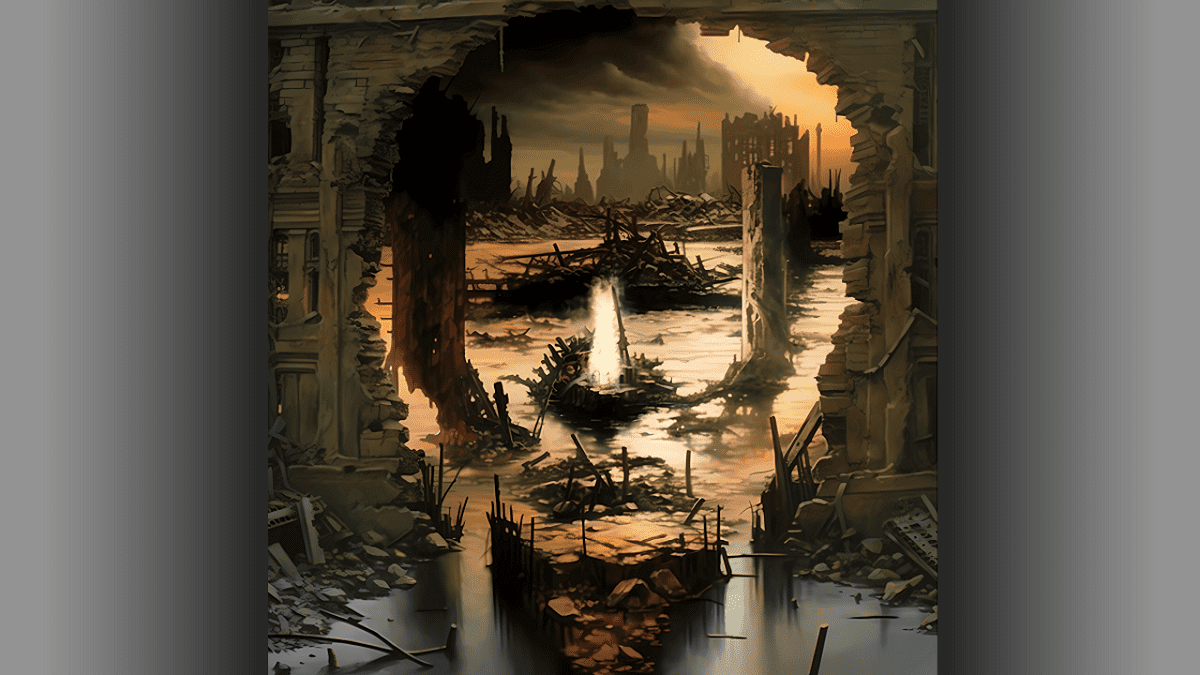Business
Trump’s Trade Policies Reshape Global Markets and Economic Strategies
Donald Trump’s return to the White House signals a new era in global trade and economic policy. His “America First” strategy includes proposed 25% tariffs on imports from key trading partners, prompting companies and governments to reassess supply chains and trade alliances. The EU, China, and South Korea are accelerating domestic investment to reduce reliance on U.S. markets. Protectionism is making a comeback, affecting industries from automobiles to semiconductors. With potential trade wars, shifting economic alliances, and new foreign policy uncertainties, businesses must adapt quickly to the evolving global landscape. The coming years will test economic resilience worldwide.
The world is taking notice of Donald Trump’s return to the White House. His diplomatic and commercial policies are making nations reevaluate their approaches. Everywhere, leaders are rushing to safeguard their key sectors. Companies that used to depend on steady trade connections are now frantically trying to adapt. While some people worry about the uncertainty of it all, others are hopeful and hope for tax rebates and incentives.
A Shake-Up in Global Trade
Trump’s “America First” approach is back, and this time, he’s doubling down. He’s talking about slapping 25% tariffs on imports from China, Canada, Mexico—maybe even on everything. It’s meant to bring jobs back to the U.S., but businesses relying on global supply chains are panicking. Prices could go up, and companies that depend on foreign materials are bracing for impact. Countries that export a lot to the U.S., like China and Vietnam, are looking for ways to adjust. Some are making deals elsewhere. Others? They’re trying to boost domestic industries.
And it’s not just talk. The initial round of tariffs is scheduled to take effect in February 2025 and has the potential to cause market disruptions worldwide. Large companies rush to modify their supply plans. A full-scale trade war might result from other nations retaliating by raising duties on American goods. Businesses are taking action to keep ahead of the rapidly shifting landscape.
Everyone’s Turning Inward
This change is not limited to the United States. Other nations are taking action on their own. To stay ahead, China is investing billions in AI and advanced manufacturing. South Korea? Their robotics and semiconductor industries are expanding. The message is clear: it is no longer safe to rely too heavily on the United States. Everyone aspires to become more independent.
Even in Europe, where free trade was once sacred, leaders are rethinking their approach. The European Union is now pushing for new industrial policies to protect homegrown companies. France and Germany, in particular, are investing heavily in domestic green energy and high-tech manufacturing, reducing their reliance on American and Chinese imports. The world economy isn’t just shifting—it’s breaking into smaller, self-sustaining pieces.
Foreign Policy—A Different Playbook
Trump isn’t big on international coalitions. He prefers one-on-one negotiations, where the U.S. holds all the leverage. NATO allies? He’s pushing them to spend more on defense, or else. Global agreements? He’s skeptical. This means less stability in international relations and more uncertainty for businesses. Countries that once depended on U.S. partnerships are now wondering how much they can still count on them.
The tension isn’t just political—it’s financial, too.
Trump has publicly questioned U.S. commitments to institutions such as the World Trade Organization and the United Nations since he was reelected. This uncertainty is causing anxiety among investors. Some people are choosing the relative safety of U.S. assets over foreign markets.
Others are betting on emerging markets that are less dependent on American influence.
A Changing Economic Map
As governments adapt, they’re putting more focus on homegrown industries. The U.S. is pulling supply chains back, China is building up tech, and South Korea is betting on innovation. This could lead to new technology breakthroughs and stronger local economies. But it could also spark trade wars and higher costs for consumers. Protectionism is making a comeback, and nobody knows where it will end.
The change is also being felt by industries that were previously unaffected by trade rules. Automakers, for example, are reevaluating where to locate their new factories. Tesla recently announced plans to expand in Texas rather than Mexico, citing worries over possible tariffs. Meanwhile, companies like Apple and Intel are putting more effort into setting up production plants in India and Vietnam.
The domino effect is real, and the next few years will show who can adapt—and who can’t.
Nations aren’t just reacting. They’re adjusting, shifting, and making moves to stay ahead. The world economy is changing fast, and what comes next is anyone’s guess. One thing is certain: the old way of doing business is gone.
Top Image by Vilius Kukanauskas from Pixabay








